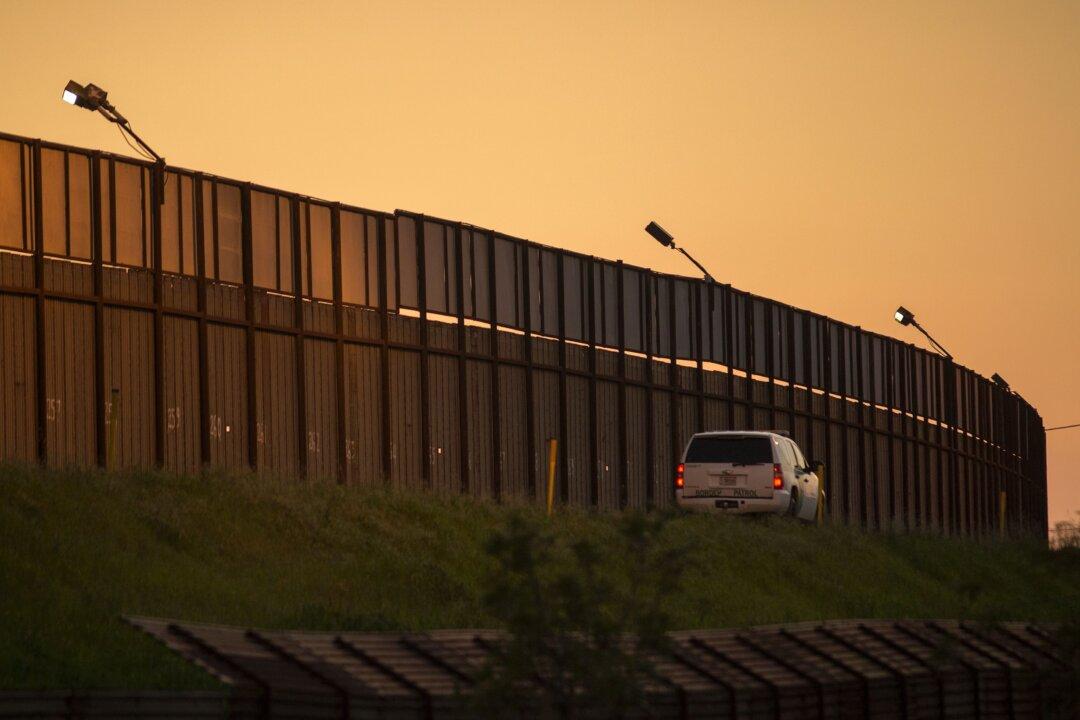President Donald Trump’s signature proposal to build a wall along the southern border with Mexico will pay for itself by reducing the amount of government welfare paid to illegal immigrant households, according to several recent immigration studies cited by New York Post.
If Trump’s proposed $18-billion border wall curbed illegal border crossings by just 12 percent over the next decade, the structure would pay for itself through fiscal savings from welfare, public education, and tax refunds given to illegal immigrants from Mexico and Central America, reports by the Center for Immigration Studies show.





